Anti-interference Imaging
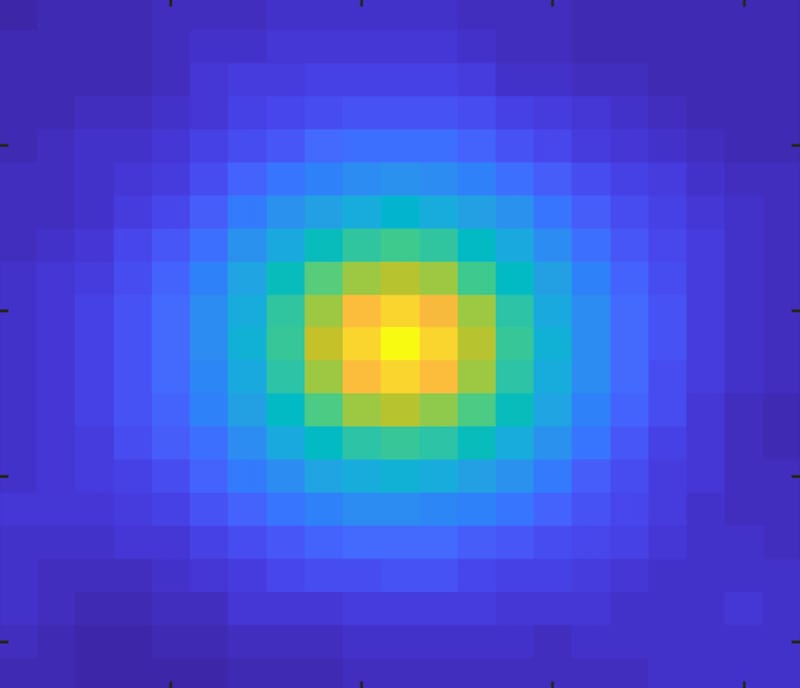
Computational ghost imaging reconstructs an imaging using a single pixel detector and second order correlation measurement. It normally requires a large number of speckle patterns to make ensemble average to retrieve the desired images. In this work we propose a pink-noise speckle pattern illumination in the computational ghost imaging system, which gives a high signal-to-noise ratio with the present of a variety number of noises. The idea is experimentally demonstrated with putting an iris introduced diffraction along the optical path, inserting a ground glass diffuser, adding strong environmental illumination noise, or combination of such. The results are also compared with the use of standard white noise, we show that under such extreme noisy environment or pattern distortion, traditional computational ghost image fails to reconstruct the object while our method gives good quality images.
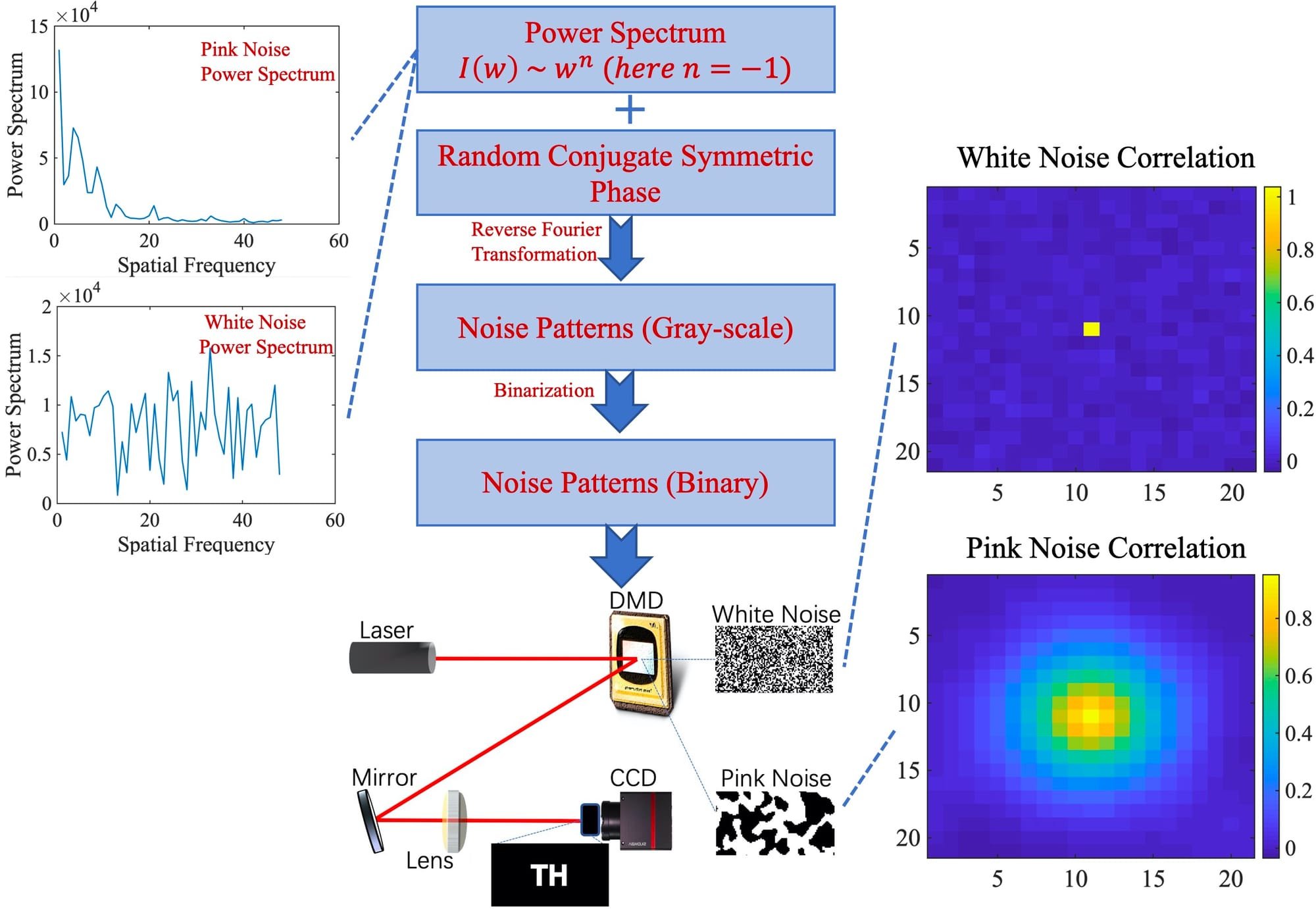
Fig. 1. Flow Chart of pink and white noise pattern generation; and their features of correlation.
A. Environmental Noise between DMD and Objects
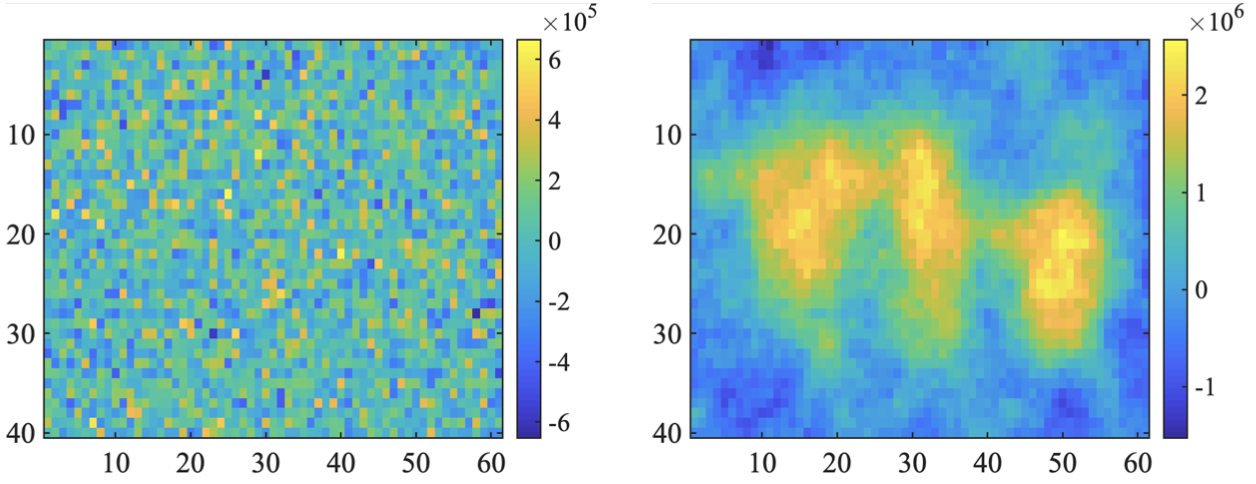
Fig. 2. Result with 800 white and pink noise patterns in CGI.
Here we introduce the signal-to-noise ratio (SNR). Traditionally, the definition of SNR is SNR = μsig / σsig, where the μsig is the average signal value and the σsig is the standard deviation of the signal. For the result of the pink noise CGI, the SNR is 2.685, which is much higher than the value 0.194, the SNR of white noise CGI.
B. Environmental Noise between Detector and Objects


Fig. 3. Top line: Result with 10000 pink noise patterns in CGI; 10000 first-order images in average sampled in the pink noise experiment. Bottom line: Result with 10000 white noise patterns in CGI; 10000 first-order image in average sampled in the white noise experiment.
C. Noise pattern Diffraction
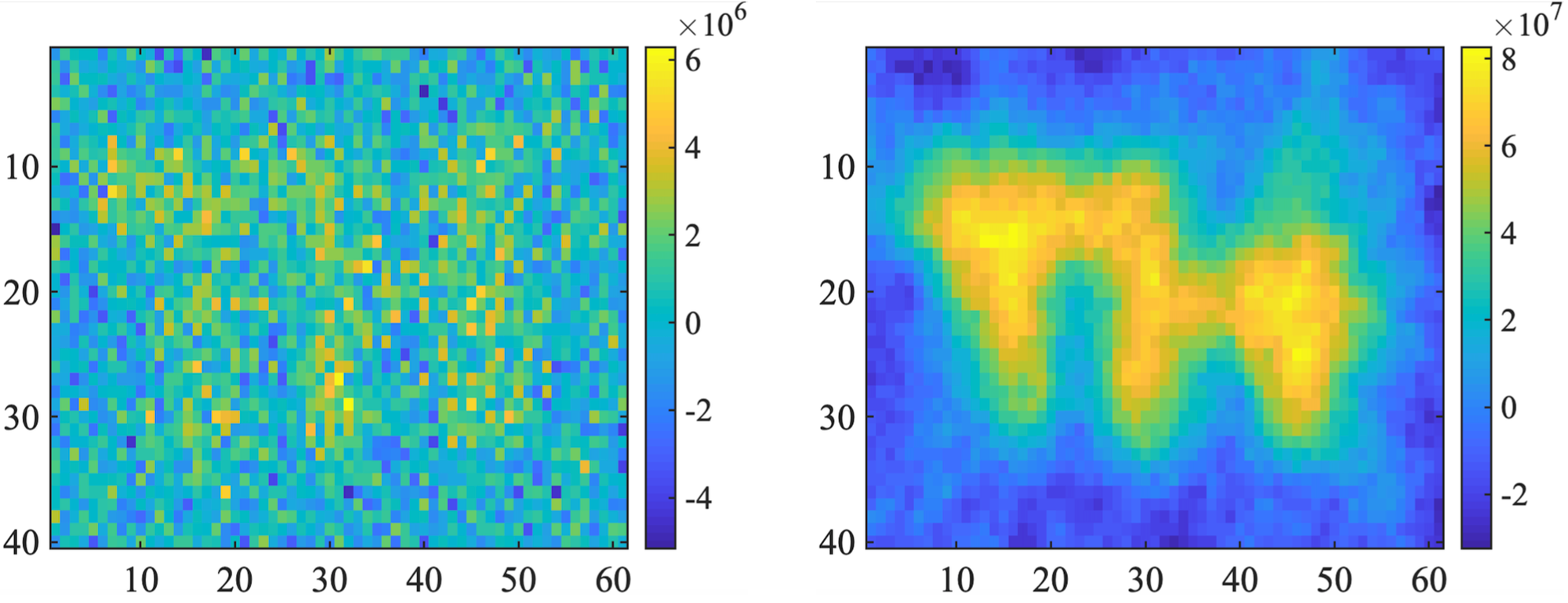
Fig. 4. Result with 800 white and pink noise patterns in CGI.
The SNR of pink noise CGI result is 5.164 while the SNR of white noise CGI result is 0.948.
D. Environmental Noise and Diffuser between DMD and Objects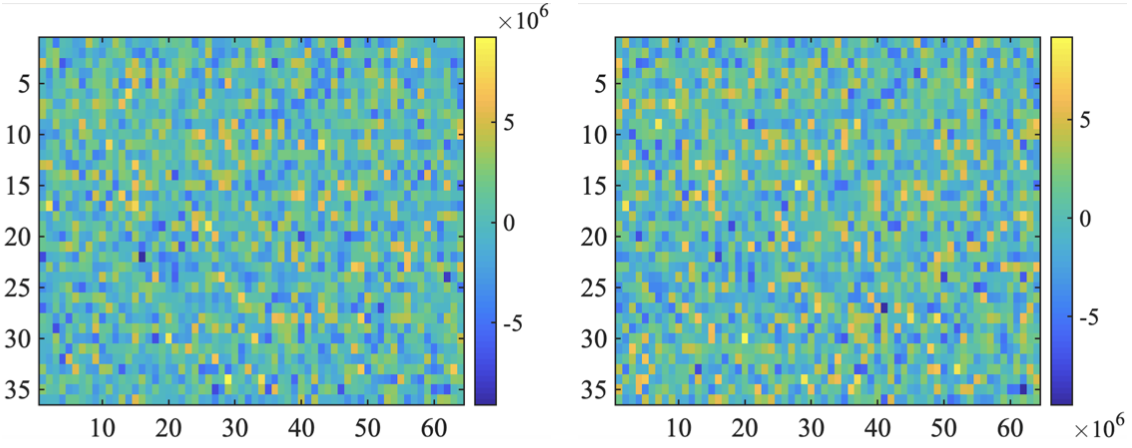
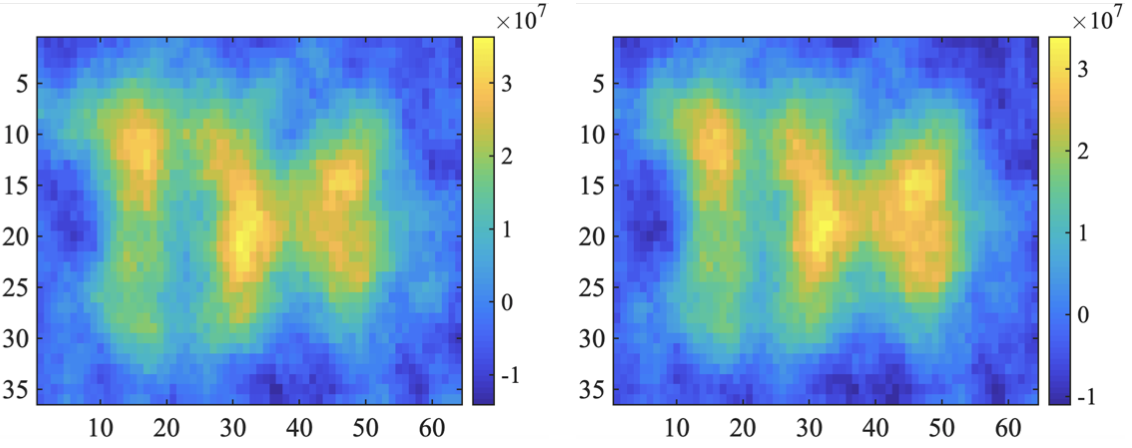
Fig. 6. Top line: Result with 600, 800 white noise patterns in CGI; Bottom line: Result with 600, 800 pink noise patterns in CGI.
When we apply 600 patterns, the SNR of white noise CGI is 0.159 while the SNR of pink noise CGI is 3.664. When we apply 800 patterns, the SNR of white noise CGI is 0.121 while the SNR of pink noise CGI is 3.800. It should be noted that with the increase of the noise pattern number, the SNR of result in pink noise CGI will rise much faster than the SNR of result in white noise CGI.
Noise-free computational ghost imaging with pink noise speckle patterns.pdf
https://arxiv.org/abs/2009.14390



